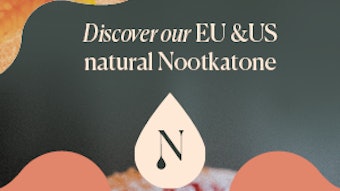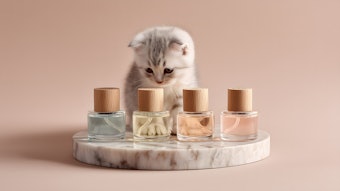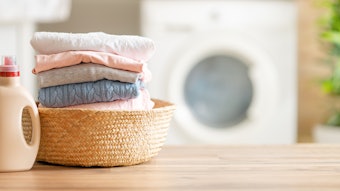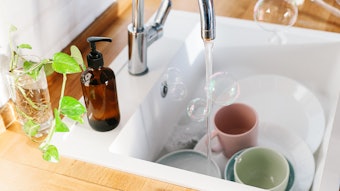The phenylpropanal family is one of the most important fragrance ingredients, both olfactorily and commercially. This family consists mostly of synthetic molecules having the phenylpropanal moiety. From the structural point of view, this family’s members start with the most simple structure—3-phenylpropanal (dihydrocinnamaldehyde; FEMA# 2887, CAS# 104-53-0)(F-1), which has a green, aldehydic, floral and melon odor1—toward molecules having different substituents and in various positions on the aromatic ring and/or the side chain. 2-Phenylpropanal (hydratropaldehyde, FEMA# 2886, CAS# 93-53-8)(F-2) is a side-chain isomer of the basic phenylpropanal structure, and it has a fresh, green leafy-floral, tart, hyacinth odor.
An addition of three carbon atoms in the para position of 3-phenylpropanal gives 3-(4-isopropylphenyl)propanal (Cyclemaxb, CAS# 7775-00-0; F-3), which has a fresh, floral, muguet odor with a fruity melon nuancec. The addition of four carbon atoms to the basic 3-phenylpropanal structure—one ethyl group to the aromatic ring and two methyl groups on the a position to the propanal side chain—gives 3-(4-ethylphenyl)-2,2-dimethylpropanal (Floralozoned, Floronee, CAS# 67634-15-5; F-4), which has a powerful, clean, green odor containing a fresh air note reminiscent of an ocean breeze.
This material gives lift to fragrances without dominating due to its neutral nature. The watery facets of 3-(4-ethylphenyl)-2,2-dimethylpropanal form a typical aquatic accord that can be found in fragrances such as Cool Water (Davidoff), L’Eau d’Eden (Cacharel) and Polo Sport Woman (Ralph Lauren).










